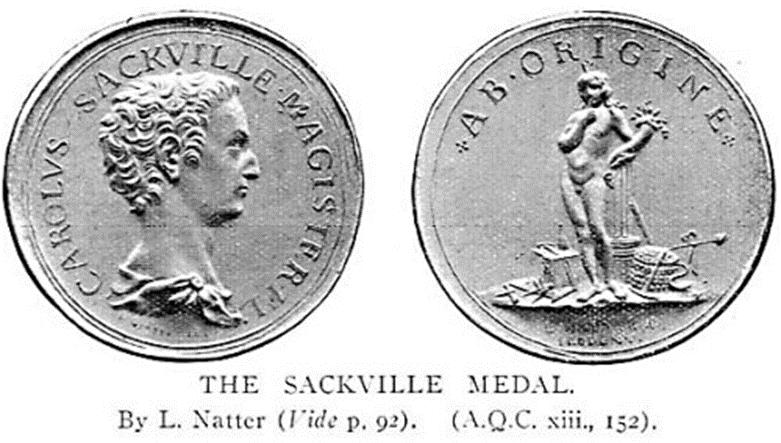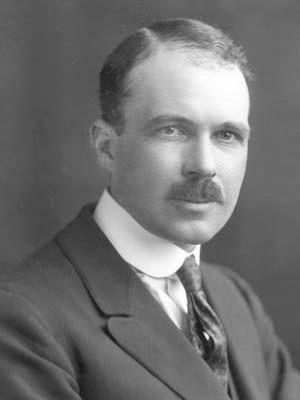
1 minute read
First Masonic Jewels
A lodge in Florence struck the Sackville medal in 1733 to commemorate the membership of Bro. Charles Sackville, Earl of Middlesex (later Duke of Dorset). The lodge seems to have been independently created, as no warrant from England exists.The medal was not intended to be worn. It was struck by lodge members in honour of their Master and was meant to be kept as a memento, and as a gift to visiting Freemasons. On the obverse is a classical raised bust of Sackville naming him ‘magister’ (master) and on the reverse sits a figure of Harpocrates, the Greek god of secrecy, carrying a horn of plenty with the inscription ‘Ab Origine’ (to the founders).
More overt is the perfect ashlar surrounded by stonemasons’ tools resting at the figure’s feet. But until research in the early-20th century proved there was a lodge in Florence, there was still debate about whether the medal was even masonic. The mason’s tools here are strewn around and the square and compasses are not yet given prominence. Interestingly, at his request, the medal does not refer to Sackville’s noble titles.
Advertisement
Following on from this ‘jewel’ we have the Folkes medal from 1742 with a bust of Martin Folkes, hair short, no drapery on the obverse. A Sphinx with crescent on its side; behind, the pyramidical tomb of Caius Sestius within the walls of Rome: above, the meridian sun on the reverse.
Bro. Folkes was a president of the Royal Society for his mathematical works, a member of various lodges and Deputy Grand Master of England 1724-25. As an aside, Folkes was a noted atheist, but early masonic landmarks did not require a person to have a belief in God. The 1750s onwards opened the flood gates for masonic jewels from anniversaries to emblems of a degree.










